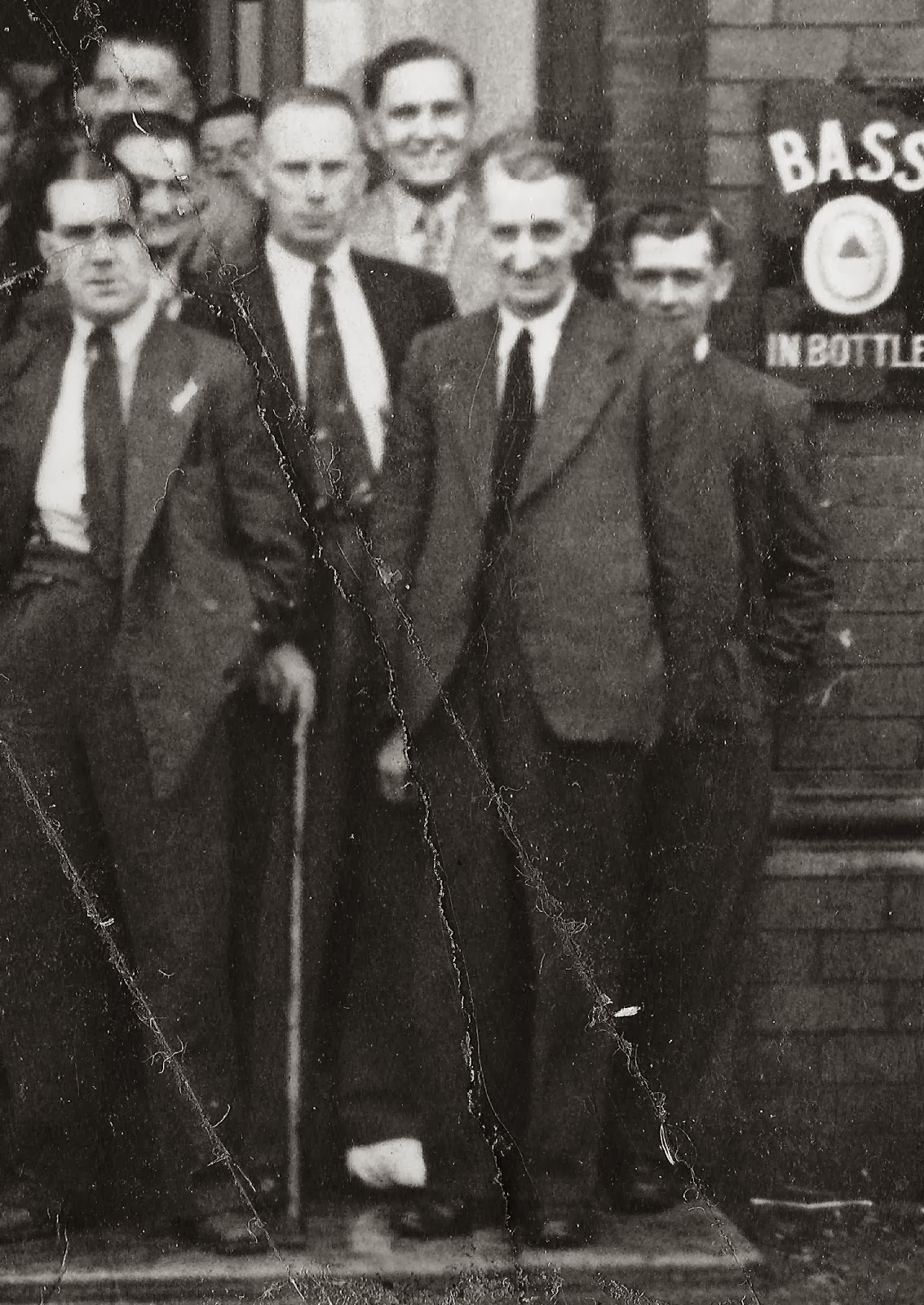I always look forward to a new blog from the Together Trust which was once known as the Manchester and Salford Boys' and Girls' Refuges.*
It was formed in 1870 to help destitute young people in Manchester & Salford and grew into a campaigning organisation on behalf of children in the twin cities.
The posts are always informative and shed light on the extensive records held by the Trust.
This week focuses on food which is always an important element in the life of people in institutions and Liz the archivist has selected pages from the diary of March 1870.**
And in the course of reading about the potatoes, and lard as well as the onions and the sugar I was drawn to the entries on some of the inmates.
John who was “admitted on probation today” and Michael “aged 14,.
Both parents dead. Sister Mary Grady.
The Yard Angel Meadow.
Worked at a glass house, Oldham Road.
Without home for two months.”
Now this had a particular resonance for me as all week I have been in Angel Meadow in 1901 tracking the inhabitants of the common lodging houses back into the 19th century.***
As you would expect the trail has been difficult to follow for the people who ended up in those cheap lodging houses left little of themselves behind and this extended to official records.
So I shall go searching for Mary Grady and the Yard in the 1871 census.
If I am lucky I will find her and something of the lives of those that might have known her and her brother Michael.
Either way it will go some way to shed light on the world they lived in and the very real need that the Refuges met back in 1870.
Picture; courtesy of the Together Trust, http://togethertrustarchive.blogspot.co.uk/p/about-together-trust.html
*Manchester Boys’ and Girls’ Refuges, http://togethertrustarchive.blogspot.co.uk/p/about-together-trust.html
**Tossing the pancake, http://togethertrustarchive.blogspot.co.uk/
***Angel Street, http://chorltonhistory.blogspot.co.uk/search/label/Angel%20Street




.jpg)




+(2).jpg)








































